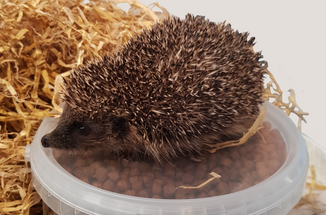Posted by Britten & James on 3rd Nov 2023
How to Help Hedgehogs
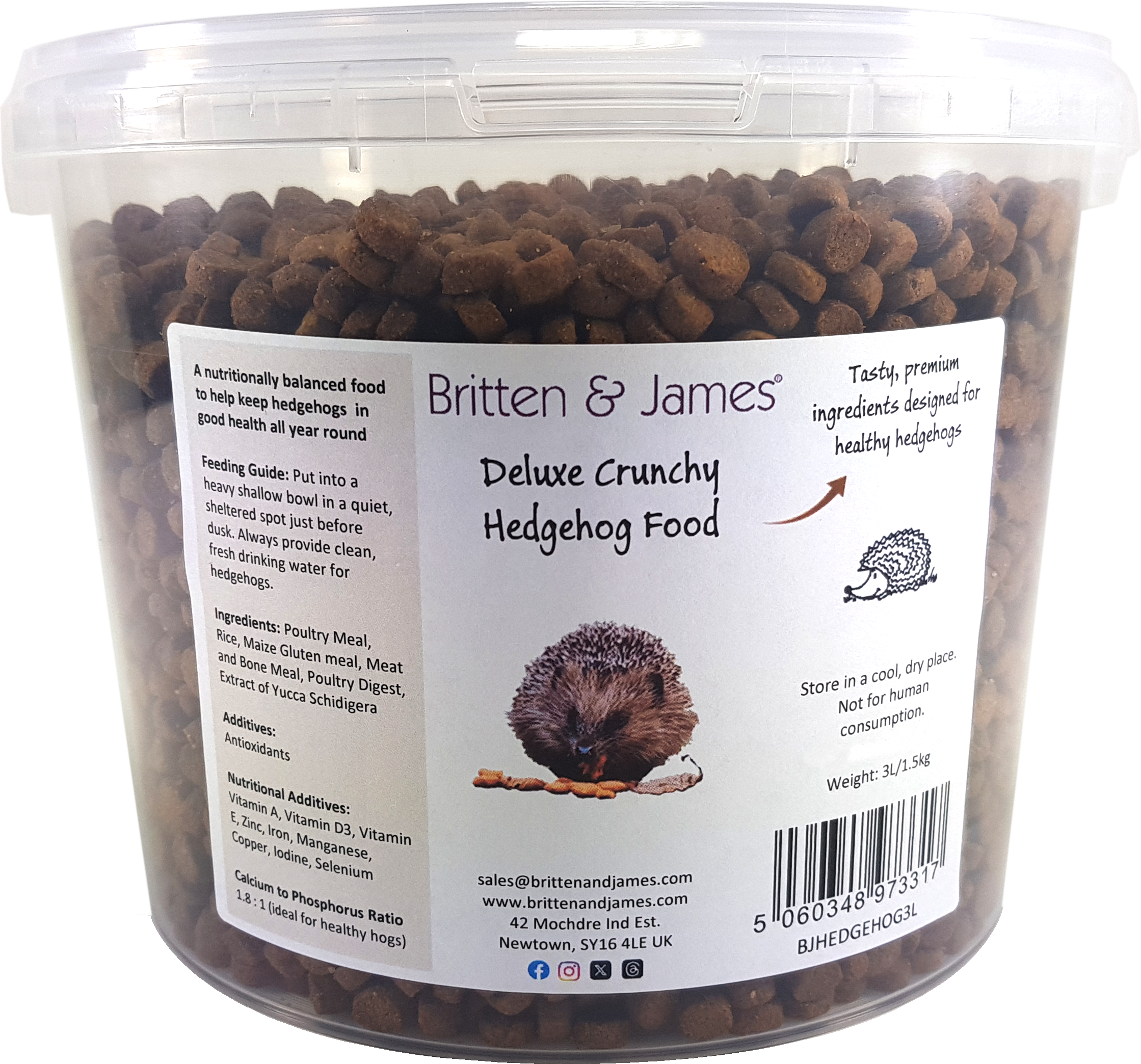
Hedgehogs are a quintessential British wild animal and it's incredibly sad that they are now endangered. However, we can turn that around! There has been a recent resurgence in hedgehog numbers in urban areas; clearly putting food and water out in our gardens for these little creatures is more important than ever. But what is the right food for hedgehogs, and what else can you do to help them survive?
Hedgehogs need a diet rich in meaty protein to keep them active and well. That would usually be worms, caterpillars and insects, but their numbers are reducing* and unfortunately hungry hedgehogs will eat whatever they can get! Some people - with the best of intentions - are actually giving hedgehogs food that risks making them seriously ill. It is so important to put food out for them that will really nourish them and give them the best chance of survival. That is what makes the Britten & James hedgehog food an excellent choice; it has a high meat content, is specially developed for their needs, and is nutritionally balanced to provide hedgehogs with the goodness they need to stay healthy all through the year.
a
When and How Should You Feed Hedgehogs?
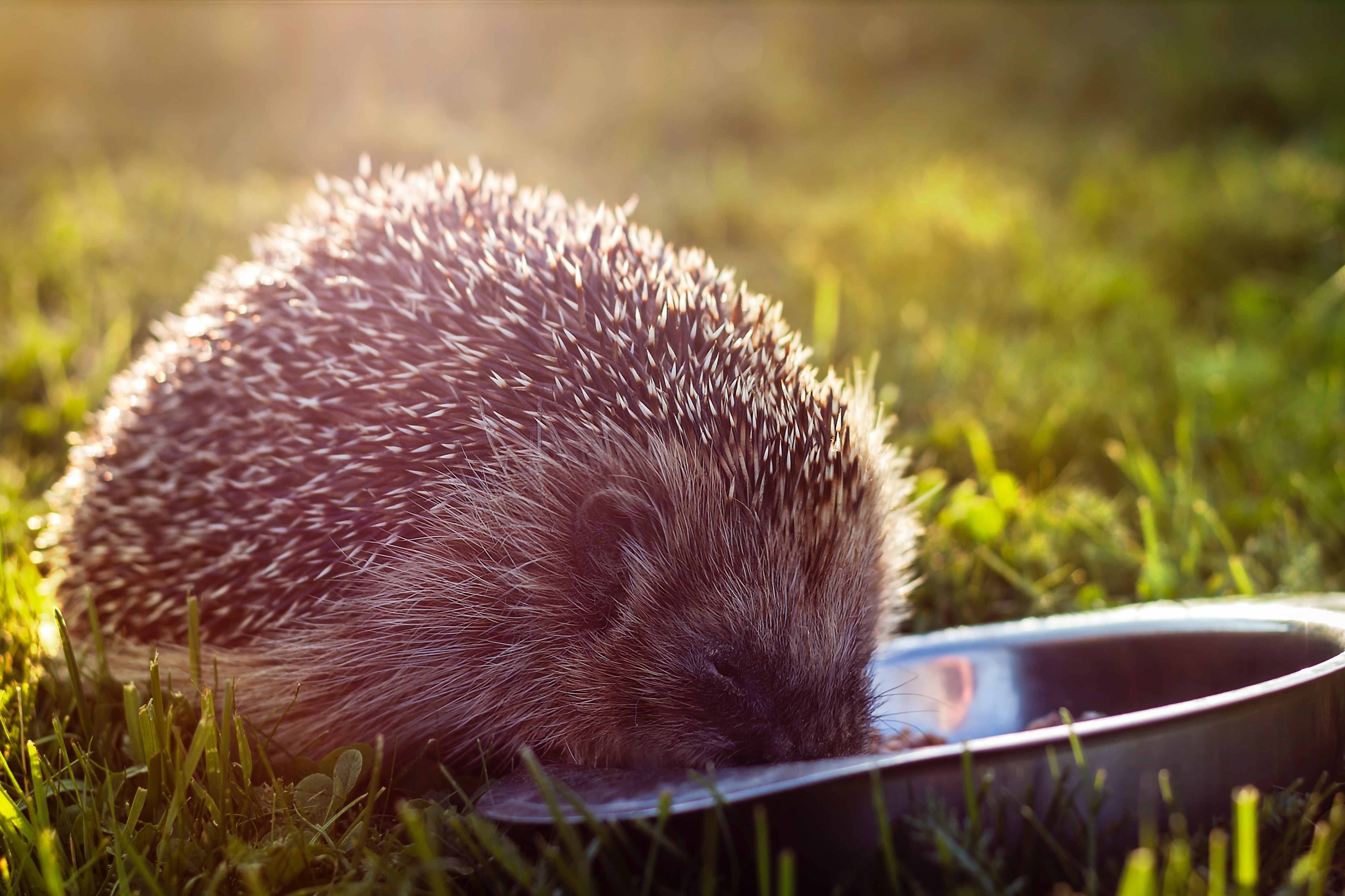
| - Place a small amount of food out at dusk in a shallow, heavy bowl (they tend to climb in to get to the food so deep or lightweight bowls could trap them or tip risking injuring them). |
| - If multiple hedgehogs visit your garden, it's a good idea to set up multiple food stations a distance apart, so they don't compete for food. Hedgehogs are solitary creatures, and prefer to eat separately. |
| - In another shallow, heavy bowl put a small amount of water - again bearing in mind that they will climb in, and too much water could be dangerous. |
| - If you need to protect hedgehog food from being eaten by other creatures, there's good advice from the British Hedgehog Preservation Society and an easy brick feeding station idea from Havenmore Hedgehog Rescue. |
a
| What Is The Best Food To Give Hedgehogs? |
The ideal food for hedgehogs is a meaty food specially developed for them, so that they get all of the goodness that they need. We believe that Britten & James Hedgehog Food is the best food for hedgehogs; a nutritious blend of essential hedgehog nutrients, crafted from high-quality ingredients, and packaged in a resealable tub for freshness. Please remember that a shallow bowl of clean, fresh water is vital for hedgehogs too. |
a
| Are Mealworms Harmful for Hedgehogs? |
| When a hedgehog eats mealworms it is at risk of Metabolic Bone Disease (MBD). There is a low ratio of calcium to phosphorus in mealworms, which hedgehogs' bodies respond to by removing vital calcium from their bones and teeth**. MBD is a very serious condition for hedgehogs, and sadly hedgehog rescues across the UK see far too many hedgehogs suffering from it, or having died from it. Whether mealworms are put out for wild birds or hedgehogs, if they are on the ground at dusk, hedgehogs will eat them. They find mealworms tasty (much as humans find some unhealthy food tasty) and although mealworms can be safe and nutritious when they form a very small part of a nutritionally balanced diet*** we do not recommend giving them on their own. |
a
| Should you feed Calciworms to Hedgehogs? |
| Calciworms are a great source of calcium, protein and fat, and are an easy-to-digest treat for many creatures including hedgehogs. They should not be a main food source though, as they just don't have the full range of nutrients that hedgehogs need. Great as a treat though! |
a
| Harmful Foods for Hedgehogs |
| Several foods once considered suitable for hedgehogs are now known to be detrimental: - Bird food lacks essential nutrients for hedgehogs. - Sunflower seeds and peanuts are also bad for them, and can get stuck in their mouths. - Mealworms do not contain the right nutrients, and can cause MBD - Milk is bad for hedgehogs too. There are risks from a number of different foods. Stick to a good quality meaty hedgehog food and clean, fresh water. |
a
How else can we help hedgehogs?
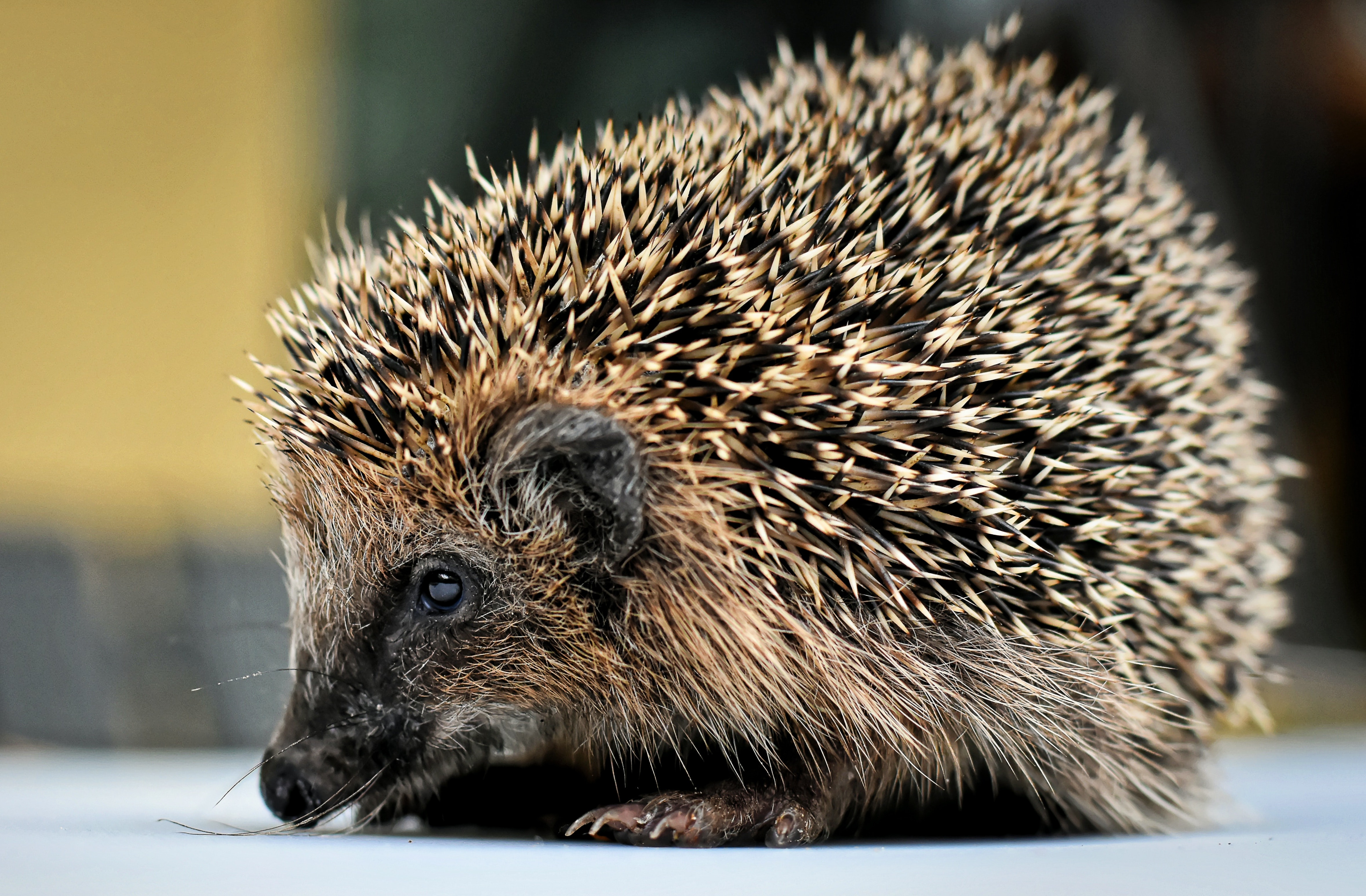
| Create a hedgehog highway |
|
According to Hedgehog Street, ensuring hedgehogs can pass freely through your garden is one of the most important things you can do to help them. Hedgehogs cover quite a distance each evening looking for food and a mate. To do this they need to safely roam through gardens, so make sure that you have gaps in fences or walls - about the size of a CD - for hedgehogs to safely get through, and encourage neighbours to do the same too. Brilliantly, there are increasing numbers of companies offering hedgehog-friendly fencing now. |
a
| Hedgehog houses |
|
Hedgehogs appreciate durable, insulated nests that maintain humidity. Natural spots in gardens can be under sheds, in compost heaps, in shrubbery and leaf piles, under logs. If you would like to lend a helping hand you can buy pre-built hedgehog houses, or make your own. Remember to clean it in Spring before the breeding season, and don't use any chemicals or paint. There's some great advice from Hedgehog Street, houses are best placed in sheltered locations, along boundaries, in back gardens and within 5m of the house. |
a

| Planning to mow? Check for hedgehogs, THEN go! Check your garden carefully before raking, strimming or mowing. Lots of little hedgehogs get injured by garden machinery each year. This also applies to bonfires, check for hedgehogs first as they may have sought refuge in the pile of materials there. Move all of the bonfire materials to clear ground on the day they are to be lit, give a last check before you light the fire, and as a final precaution only light the fire from one side, this will give any hidden hogs a chance to get out without being burnt. Great advice if you do find a hedgehog in there, here from the British Hedgehog Preservation Society. a |
| Leave some leaves! |
|
A natural pile in your garden will make a great refuge or nest. Hedgehogs also use leaves as bedding material in other nest sites or hedgehog boxes. |
a
| Stay wild |
| Pick a corner of your garden and leave it undisturbed for nature to thrive. Hedgehogs can hibernate in it and find food there. |
a

| Raise your pumpkins |
|
if you leave your pumpkins out after Halloween for wildlife, please raise them out of the reach of hedgehogs. According to Northumberland Wildlife Trust, pumpkins have a laxative effect on hedgehogs which is especially detrimental for them at this time of year - they lose weight, dehydrate, and may struggle to survive hibernation. Pumpkins left on the ground can also attract rats, smother wild plants and grasses, and build up nutrients in the top soil that can lead to the growth of invasive plants. |
a
| Keep your garden natural |
|
Insecticides and other chemicals used in the garden can damage the local environment, and the food chain for hedgehogs, and even poison them. Use hedgehog-friendly methods instead. a |
| Look out for dangers Any garden netting (including football nets) on the ground should be kept 12 inches above the ground, allowing hedgehogs to safely pass under them. Litter in the garden can injure hedgehogs, or trap them, leading to them starving. Holes in the garden that hedgehogs could fall in - or designed drops like cattle grids - can be made safe by covering them, barricading them, or putting little rough-textured ramps in them, for hedgehogs to grip on to and climb out. |
a
| Pets |
|
Pets don't seem to put hedgehogs off visiting gardens, or moving in to a hedgehog house. Cats are curious about hedgehogs but will generally leave them alone. Cats are more of a problem when it comes to eating hedgehogs' food, so it is a good idea to make your hedgehog feeding bowls cat-proof. Dogs' natural instincts can lead them to harm or kill hedgehogs and they can also get hurt in the process. It is best to take precautions; give hedgehogs a warning by turning an outside light on for a few minutes before taking your dog out after dusk, and put your dog on a lead for night-time walks. |
a
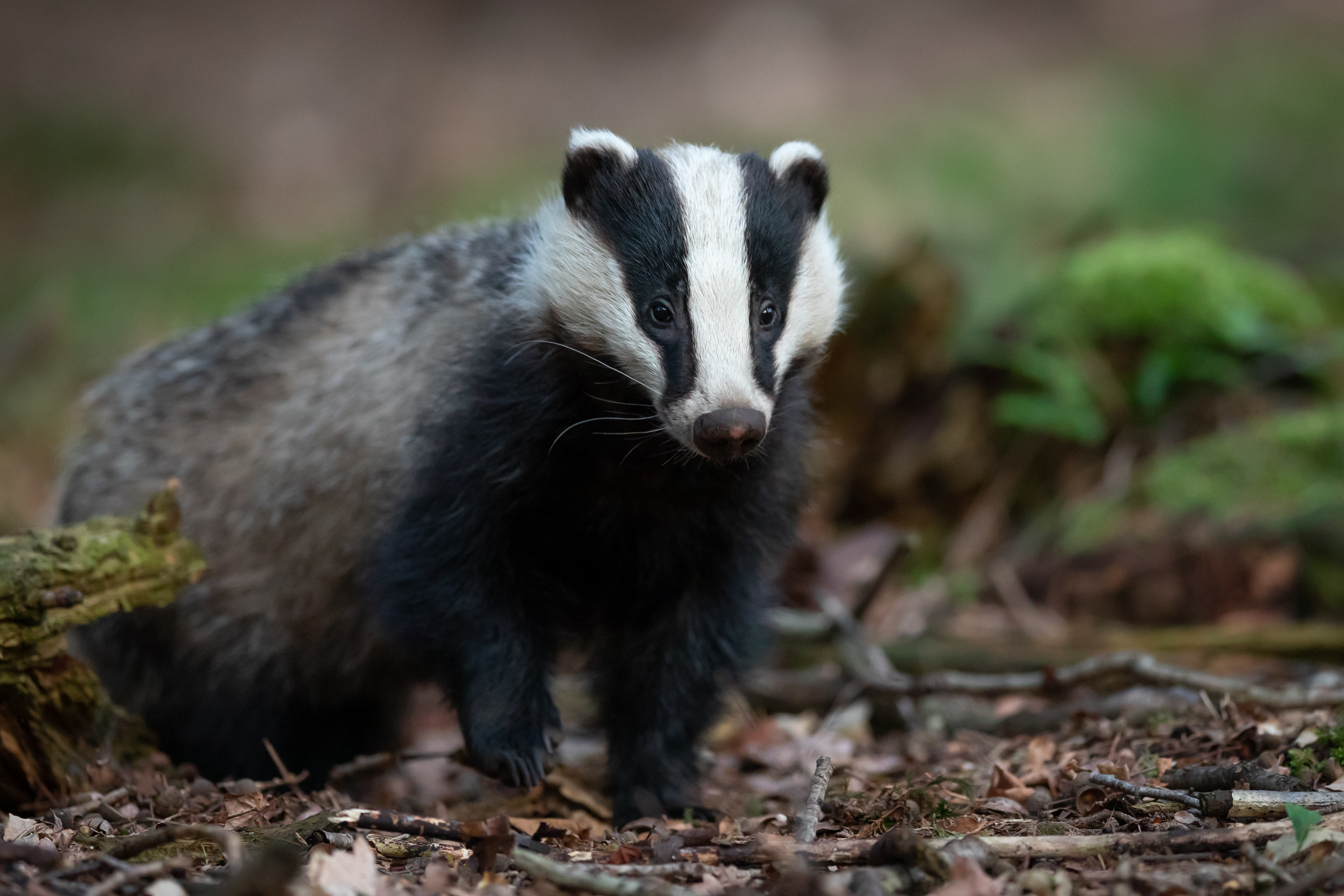
| Predators The most commonly known predators for hedgehogs are badgers and foxes. Both known to attack hedgehogs, and badgers can actually eat hedgehogs. However, they can - and do - generally live harmoniously where there is enough food for them. The presence of predators will not necessarily stop hedgehogs being in the area. Other animals known to occasionally eat or injure hedgehogs include pine martins, weasels, stoats, rats, tawny owls and golden eagles. |
a
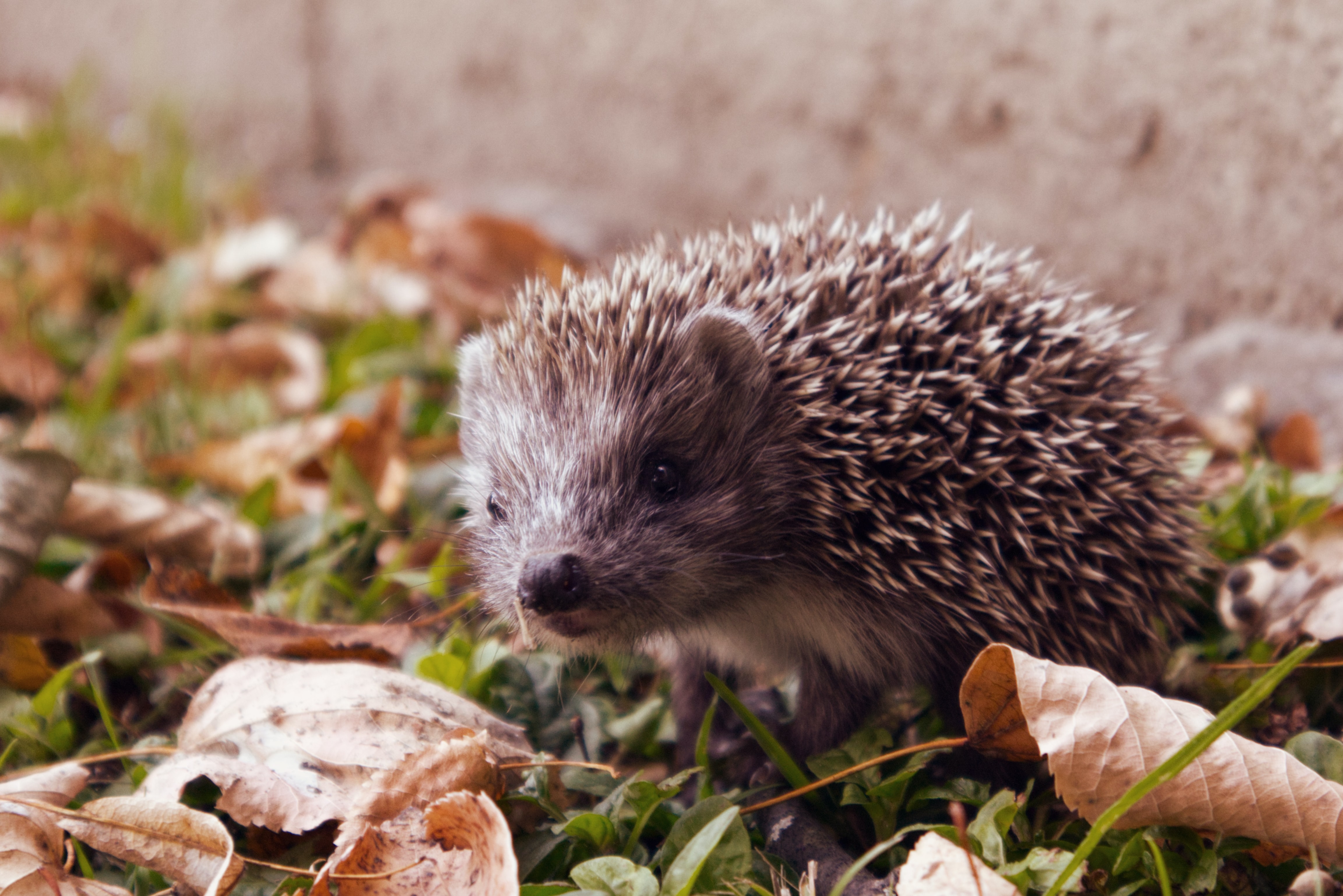
| Help your local wildlife rescue |
| Rescues are charities and rely on help from members of the public to keep doing the good work that they do. Hedgehog rescues really value donations of newspapers, food, or time to help them if you can. Contact your local rescue to find out more. |
a
| Get expert help |
| Sometimes hedgehogs need expert care from someone specially trained to help them. The 'Hedgehog S.O.S.' poster below is a great guide. A particularly difficult time of year is Autumn, when hogs and hoglets born in the second litter of the year (August- September) can struggle to be large enough to survive hibernation. According to the RSPCA, if you find a hedgehog between October to February that looks about the size of a mango, or smaller, they may need specialist care to survive the winter. Details of how to contact a local hedgehog rescue are also on the poster below. |

| For more information on ways to help hedgehogs |
| www.britishhedgehogs.org.uk |
| https://www.rspca.org.uk/adviceandwelfare/wildlife/hedgehogs/garden |
| www.hedgehogstreet.org/help-hedgehogs |
| www.bbc.co.uk/newsround/59651864 |
a
* Insect declines are being reported worldwide on a par with, or even greater than those of plants and vertebrates. Source: Annual Review of Entomology's 'Insect Declines in the Anthropocene.
** Hedgehogs need their food to have a ratio of calcium to phosphorus of between 1:1 and 2:1 to stay healthy. Mealworms have a calcium phosphorus ratio of between 1:7-1:33; far too low in calcium for hedgehogs in any quantity.
*** 12 spoons of our hedgehog food for every spoon of calciworms, brings calciworms into a healthy ratio of calcium to phosphorus for hedgehogs, whilst meeting their other nutritional needs.


